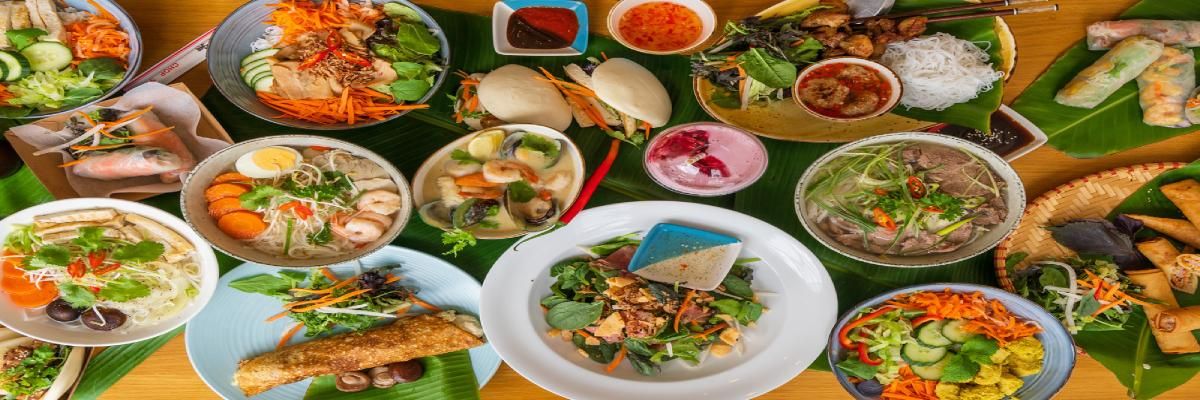From its humble beginnings on the bustling streets of Hanoi and Ho Chi Minh City to its spotlight on international food platforms, Vietnamese street food is now recognized as one of the world's most exciting and flavorful cuisines.
The Allure of Vietnamese Street Food
Vietnam’s street food scene is known for its incredible diversity, with each region offering a distinct array of dishes influenced by the local culture and climate. In the north, Hanoi is known for its light, delicate pho (noodle soup), while central Vietnam offers spicy and bold flavors, with dishes like bún bò Huế and mì Quảng. In the south, the food is sweet, savory, and packed with fresh herbs, with iconic dishes like hủ tiếu (noodle soup) and cơm tấm (broken rice with grilled pork).
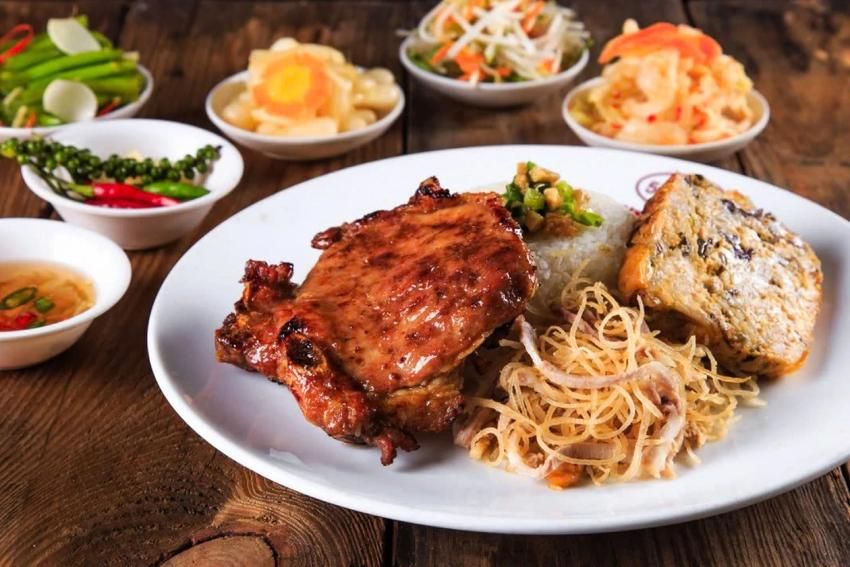
Its ability to balance multiple flavors in a single dish sets Vietnam's street food apart. The harmonious combination of salty, sweet, sour, and spicy flavors is a signature feature, making each meal an explosion of taste. Fresh ingredients like herbs, vegetables, and seafood are key to the dishes' appeal, along with the use of local spices and seasonings that elevate the flavors.
Phở: Vietnam’s International Ambassador
No conversation about Vietnamese street food would be complete without mentioning “phở”. This iconic dish, consisting of a savory broth, rice noodles, fresh herbs, and either beef or chicken, has become synonymous with Vietnamese cuisine. Originally from the north, pho has spread across the globe and is now a staple in many international cities.
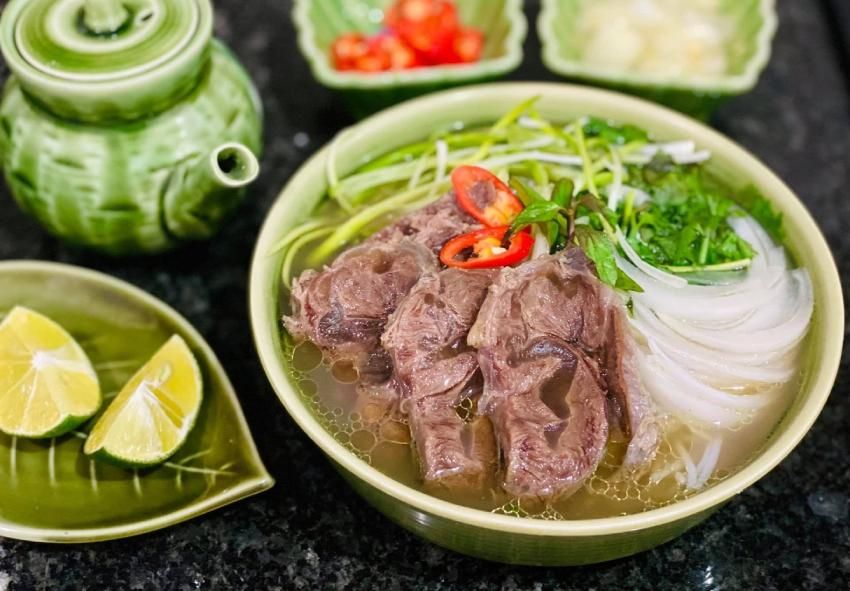
Pho’s rise to global fame can be attributed to its simplicity, yet complex flavor profile, which resonates with food lovers everywhere. Major cities around the world—from New York to Sydney—now feature pho restaurants, and many international chefs have experimented with their own renditions of the classic dish. However, true pho enthusiasts argue that nothing beats enjoying this dish from the small street-side stalls in Vietnam where it all began.
Bánh Mì: A Fusion of Cultures
Another beloved dish gaining international acclaim is bánh mì, the Vietnamese sandwich that blends French baguettes with traditional Vietnamese fillings like grilled meats, pickled vegetables, herbs, and pâté. The French influence during colonial times gave birth to this unique fusion food, and today, bánh mì has become a global street food phenomenon.

Trà Đá Vỉa Hè: The Iconic Vietnamese Street Tea Culture
In addition to the delicious food, Vietnam is also famous for its unique street tea culture, with trà đá vỉa hè (Vietnamese street iced tea) being an essential part of the experience. This humble beverage, typically served in small plastic cups, has become a beloved tradition for both locals and tourists, embodying the essence of Vietnamese street life.
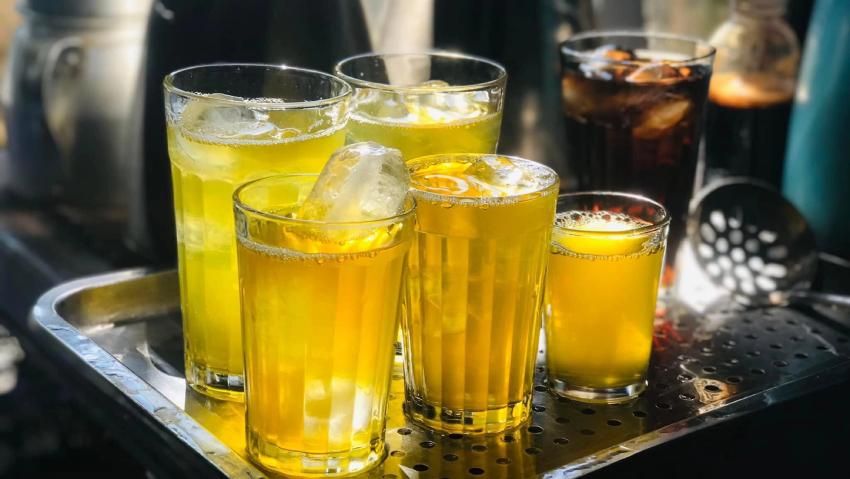
What makes trà đá vỉa hè particularly special is its role in daily Vietnamese life. It’s a drink that brings people together, whether for a quick chat with friends or a break during a busy day. Locals often sit on the sidewalk, chatting with their neighbors, enjoying their trà đá, and observing the world go by. For tourists, sitting down to enjoy a cup of trà đá at a busy street corner is an immersive experience that offers a genuine taste of Vietnam’s culture.
The Street Food Culture: A Window into Vietnamese Life
Street food in Vietnam is more than just about the food; it’s an integral part of daily life. Vendors, often small family-run operations, serve dishes with recipes passed down through generations. The streets are lined with vendors cooking up everything from steaming bowls of noodles to crispy fried snacks, creating an experience that’s as much about the atmosphere as it is about the flavors.
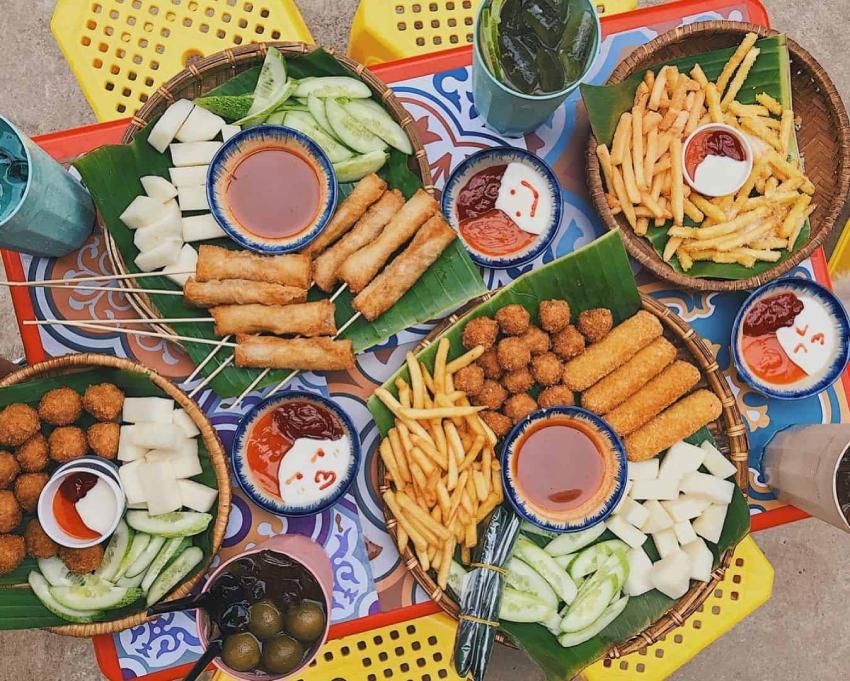
Eating street food in Vietnam is a social experience. Locals gather at street-side stalls, sharing meals with friends, family, and strangers alike. The communal aspect of eating in public spaces adds to the charm, making it an immersive experience for tourists and locals alike. Visitors often enjoy the opportunity to eat alongside the locals, getting a sense of daily Vietnamese life while savoring authentic flavors.
Street Food Tourism: A Booming Industry
As global interest in Vietnamese street food grows, food tourism in Vietnam has exploded. Food tours, street food festivals, and cooking classes are now integral parts of the Vietnamese tourism industry. Tourists flock to local markets, bustling street corners, and alleyways to indulge in iconic dishes like bánh xèo (Vietnamese pancakes), gỏi cuốn (spring rolls), and chè (Vietnamese desserts).
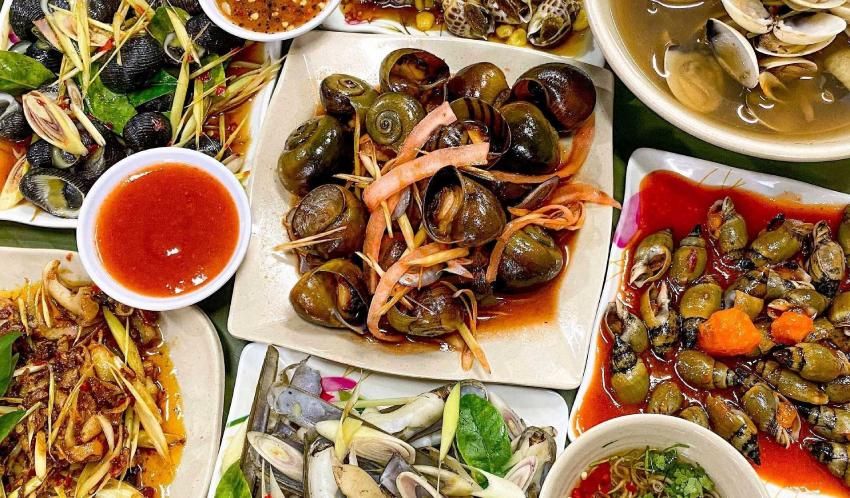
Travel bloggers and food critics from around the world have praised the accessibility of Vietnam’s street food, noting that it offers an affordable, authentic, and unforgettable culinary experience. In addition, many visitors are eager to learn about the preparation and history behind each dish, leading to an increase in cooking classes and food tours designed to teach tourists how to recreate these dishes at home.
Global Recognition: A Testament to Vietnam’s Culinary Heritage
The international recognition of Vietnamese street food is not only a testament to the country’s diverse and unique flavors but also to its cultural significance. Street food reflects Vietnam’s ability to blend tradition with innovation, combining regional ingredients and cooking techniques with global influences.

As the world becomes increasingly connected, the spread of Vietnamese street food serves as a reminder of the power of food to unite people, share stories, and celebrate culture.
As we look ahead, it’s clear that the global love affair with Vietnamese street food will continue to grow, cementing its place as one of the world’s most beloved and celebrated cuisines.



